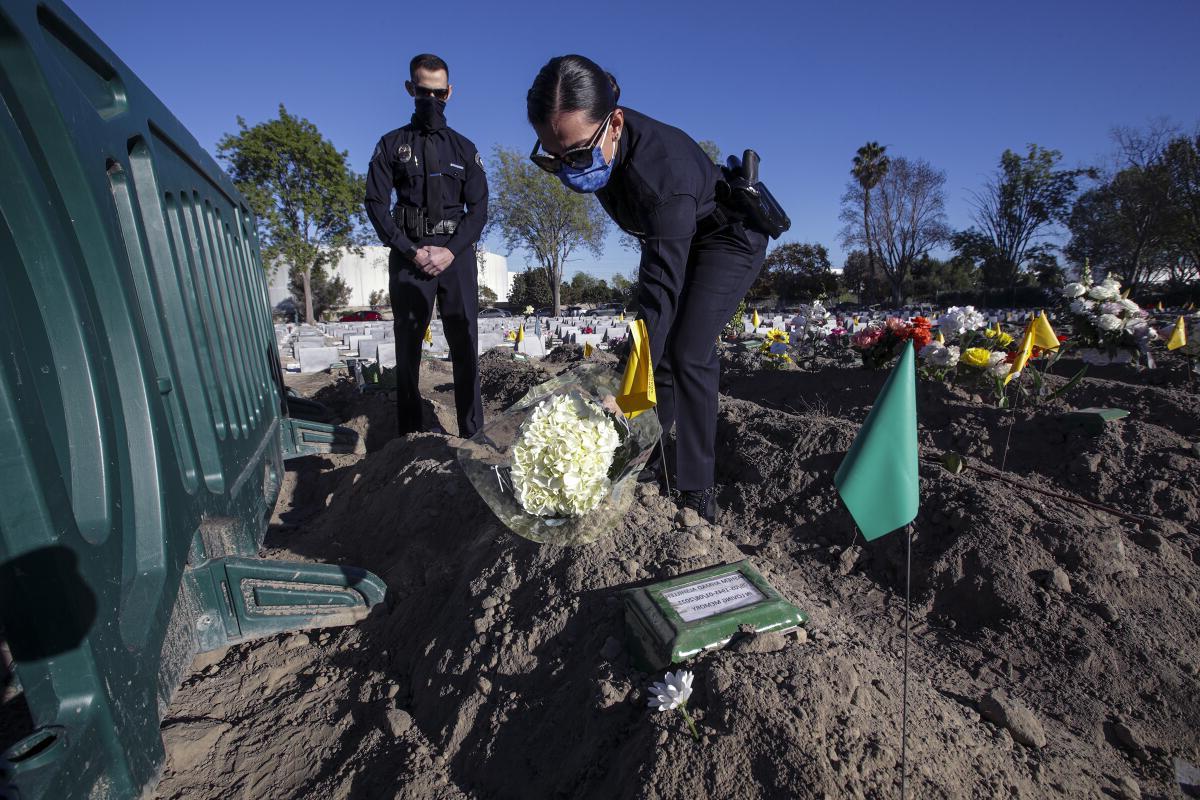
Burial rituals have been a significant part of human culture for thousands of years. These ceremonies offer a way to honor the deceased, provide comfort to the living, and ensure a respectful transition to the afterlife. From ancient Egyptian mummification to modern-day cremation, each culture has its unique practices. Did you know that some tribes in Madagascar exhume their dead every few years to dance with them? Or that in South Korea, it's common to compress cremated remains into colorful beads? These traditions reflect diverse beliefs about death and the afterlife. Understanding burial rituals helps us appreciate the rich tapestry of human customs and the deep respect we hold for those who have passed.
Ancient Egyptian Burial Practices
Ancient Egyptians had elaborate burial rituals to ensure a safe passage to the afterlife. These practices were deeply rooted in their beliefs and culture.
-
Mummification: Egyptians believed preserving the body was essential for the soul's journey. They removed internal organs, dried the body with natron, and wrapped it in linen.
-
Canopic Jars: Organs were stored in canopic jars, each guarded by a deity. The heart, however, was left inside the body as it was considered the seat of intelligence and emotion.
-
Book of the Dead: This collection of spells and prayers was placed in tombs to guide the deceased through the afterlife. It included instructions on how to overcome obstacles and reach the Field of Reeds.
-
Pyramids: These monumental structures served as tombs for pharaohs. They were filled with treasures, food, and items the deceased might need in the afterlife.
Viking Burial Rituals
Vikings had unique burial customs that reflected their warrior culture and beliefs in the afterlife.
-
Ship Burials: High-ranking individuals were often buried in ships, symbolizing their journey to the afterlife. These ships were sometimes set on fire or buried under mounds.
-
Grave Goods: Vikings believed the dead needed items for the afterlife. Weapons, tools, and even sacrificed animals were placed in graves.
-
Cremation: Many Vikings were cremated, believing the smoke would carry their souls to the afterlife. The ashes were then buried or scattered.
-
Runestones: These stones were erected to commemorate the dead. They often included inscriptions about the deceased's life and achievements.
Tibetan Sky Burials
Tibetan sky burials are a unique and spiritual practice where the body is given back to nature.
-
Body Offering: The deceased's body is placed on a mountaintop and left for vultures. This act symbolizes the impermanence of life and the return to the cycle of nature.
-
Monk Participation: Monks often perform rituals and prayers to guide the soul. They may also prepare the body by dismembering it to facilitate the vultures' consumption.
-
Sacred Sites: Sky burials are conducted at specific sacred sites. These locations are chosen for their spiritual significance and proximity to monasteries.
Modern Western Burial Practices
Modern Western societies have developed their own burial customs, influenced by religion, culture, and personal preferences.
-
Coffins and Caskets: Bodies are typically placed in coffins or caskets before burial. These containers can range from simple wooden boxes to elaborate, ornate designs.
-
Headstones: Graves are often marked with headstones, which include the deceased's name, birth and death dates, and sometimes a personal message or epitaph.
-
Cremation: An increasingly popular option, cremation involves burning the body and placing the ashes in an urn. Families may keep the urn, scatter the ashes, or bury them.
-
Green Burials: Eco-friendly burials are gaining popularity. Bodies are buried in biodegradable materials without embalming chemicals, allowing them to decompose naturally.
Unique Burial Customs Around the World
Different cultures have developed unique burial practices that reflect their beliefs and traditions.
-
Torajan Funerals (Indonesia): The Torajan people of Indonesia hold elaborate funerals that can last for days. The deceased is often kept in the family home for months or years before burial.
-
Jazz Funerals (New Orleans): These funerals combine somber mourning with lively jazz music. The procession starts with a slow dirge and ends with upbeat tunes celebrating the deceased's life.
-
Hanging Coffins (Philippines): The Igorot people of the Philippines hang coffins on cliffs. This practice is believed to bring the deceased closer to their ancestral spirits.
-
Fantasy Coffins (Ghana): In Ghana, people are buried in coffins shaped like objects that represent their lives or aspirations. These can include cars, animals, or even airplanes.
-
Endocannibalism (Amazon Tribes): Some Amazonian tribes practice endocannibalism, where they consume the flesh of the deceased. This ritual is believed to help the dead's spirit live on within the tribe.
The Final Resting Place
Burial rituals reveal much about human culture and beliefs. From ancient Egyptian mummification to modern green burials, these practices show how societies honor their dead. Each ritual, whether it’s the Tibetan sky burial or the Viking ship burial, reflects unique traditions and values. Understanding these customs helps us appreciate the diversity and commonalities in how we deal with death. It’s fascinating to see how different cultures find meaning and comfort in their rituals. These practices not only honor the deceased but also provide solace to the living. They remind us of our shared humanity and the respect we hold for those who’ve passed. As we continue to learn about these traditions, we gain a deeper understanding of the human experience and the ways we cope with loss.
Was this page helpful?
Our commitment to delivering trustworthy and engaging content is at the heart of what we do. Each fact on our site is contributed by real users like you, bringing a wealth of diverse insights and information. To ensure the highest standards of accuracy and reliability, our dedicated editors meticulously review each submission. This process guarantees that the facts we share are not only fascinating but also credible. Trust in our commitment to quality and authenticity as you explore and learn with us.


